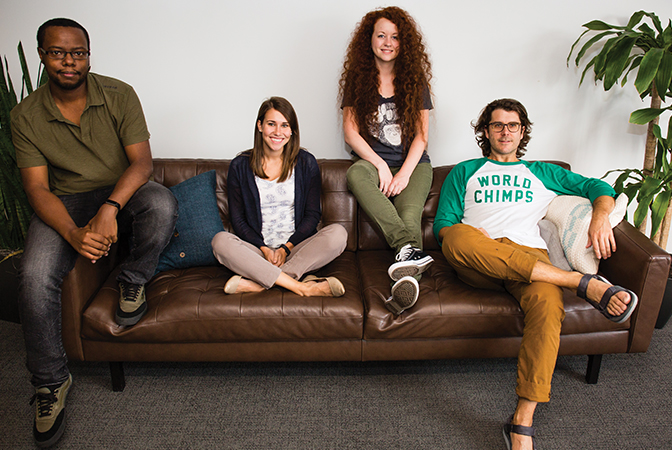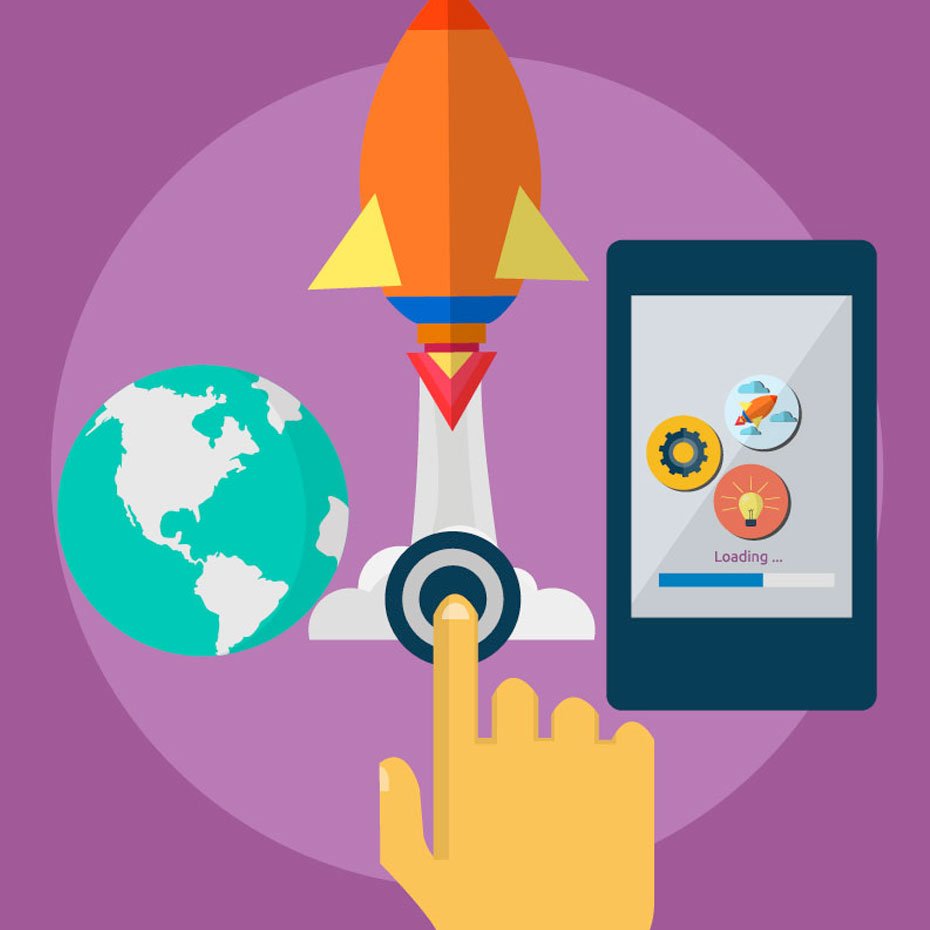Whether you’re just starting an ecommerce business or considering a rebrand, one of the most…
How Our Engineering Team Found its Mission Statement

MailChimp’s engineering teams, much like the rest of our company, are growing so fast. We’ve got engineers working on different projects all over the organization, and if I’m being totally honest, they’d started drifting apart a bit in the past year. We were all under the same umbrella organizationally, but in terms of why and how we do what we do, we were all over the place. We needed a single, concise mission statement. So we got to work.

Our hope was that these words would give our engineers a shared purpose, even when they weren’t working on the same project or even in the same state. And so we leaned on what we know as engineers: a framework. We selected a small group of folks who represent each of our functions, got them out of the building, and asked them to focus on crafting that statement.
Behind the scenes
Five of us went off-site and spent the day with a whiteboard and a bunch of giant sticky notes. We dumped out a lot thoughts and ideas. Some common themes quickly emerged. But we’re engineers, so the words were hard. It took us a while to get our linguistic motors moving, because we’re just not used to such a subjective endeavor. Eventually, though, we had a breakthrough. One of our more rewarding brainstorms centered around an article called “Culture is the Behavior You Reward and Punish.” It was making the rounds online at the time, shortly after Susan Fowler’s revelatory post about Uber.
We used that idea to list out a few quadrants: what should we continue, start, and stop rewarding and punishing. That really forced us to be honest about some things like “heroism” and “speed to launch” at the peril of “quality.” It was probably the best single exercise to remind us that a great mission statement has tension between things like speed and accuracy—and it absolutely must include teamwork.

The statement
Here’s what we came up with (drumroll, please):
“We give marketers production-ready software designed to help them grow. We succeed through togetherness, momentum, and pragmatism.”
Every single word in that statement is important. In fact, we have a 550-word internal document that outlines every concept and breaks down every part. But let’s dig into that first sentence in particular.
“We give marketers…” MailChimp aims to be the go-to marketing automation platform for e-commerce small businesses, so we carefully consider the day-to-day needs of these customers when building or polishing tools for MailChimp.
“…production-ready software…” Research informs what we build and how we prioritize projects, so we know where users need us to focus most. From a technical standpoint, code must be both testable and tested before it can be considered production-ready, and must be monitored with proper alerting once launched to our users. And of course, collaboration is key to production-ready software. Ideas become market-ready through cross-departmental coordination of ideas and communication. We know we’re ready to share work with our users when launch plans are coordinated across departments.
“…designed to help them grow.” MailChimp uses data and design to democratize enterprise software for small businesses. We believe that only MailChimp is capable of blending data-informed design with customer feedback in a way that propels small businesses to succeed. Helping our customers grow aligns us with our users in a unique and powerful way. If they grow, we grow.

How the mission changed our work
We rolled the statement out to the team at an engineering all-hands meeting shortly after the off-site brainstorm. The teams responded well to it, and we had great discussions around it.
Since then, we’ve done every all-hands as a single team, instead of Dev doing one and Ops doing another. It’s funny—and awesome—how the presentation of the mission statement turned into a thing we just kept doing intentionally.
For a while now, our engineering managers have focused their teams around 1 goal every quarter. Since the launch of the mission statement, those goals have centered around the elements of the statement. (And I’m proud to say that this wasn’t by request. Our management team just picked it up and ran with it!) “#Togetherness,” for example, was the goal for 1 quarter. Managers then work with individuals on how they can build toward stronger team cohesion in their roles and projects.
Six months later, our teams still totally rally around it. In our engineering showcases, people use hashtags from the mission statement terms. I love it when I hear things like, “We realized we weren’t being #pragmatic, so we de-scoped and looked at the problem differently.” It’s happened so many times, and it’s making a huge impact on our teams and our product. I can’t wait to see how it helps us continue to shape our goals going forward.
Original article written by Eric >






